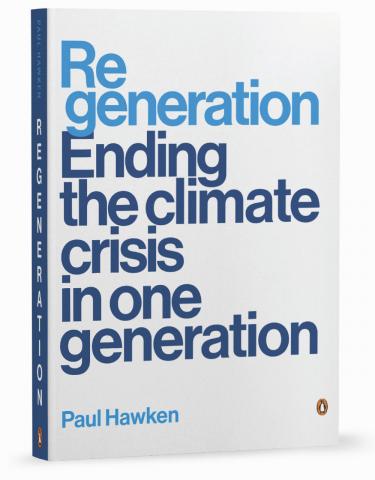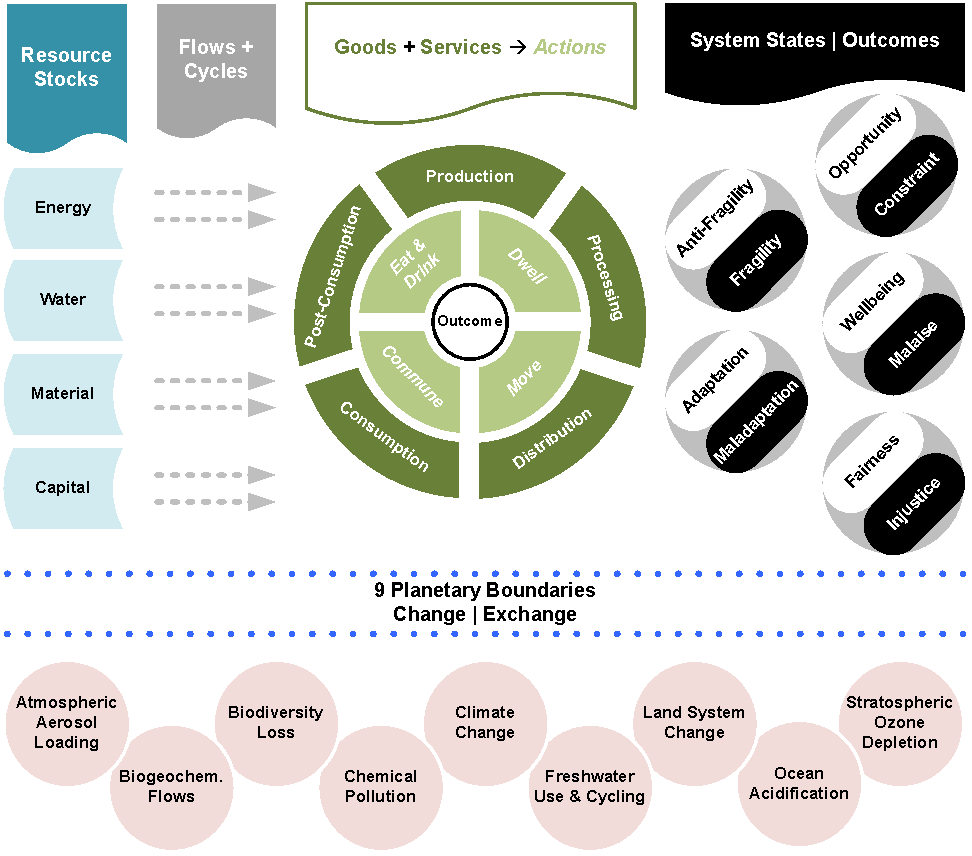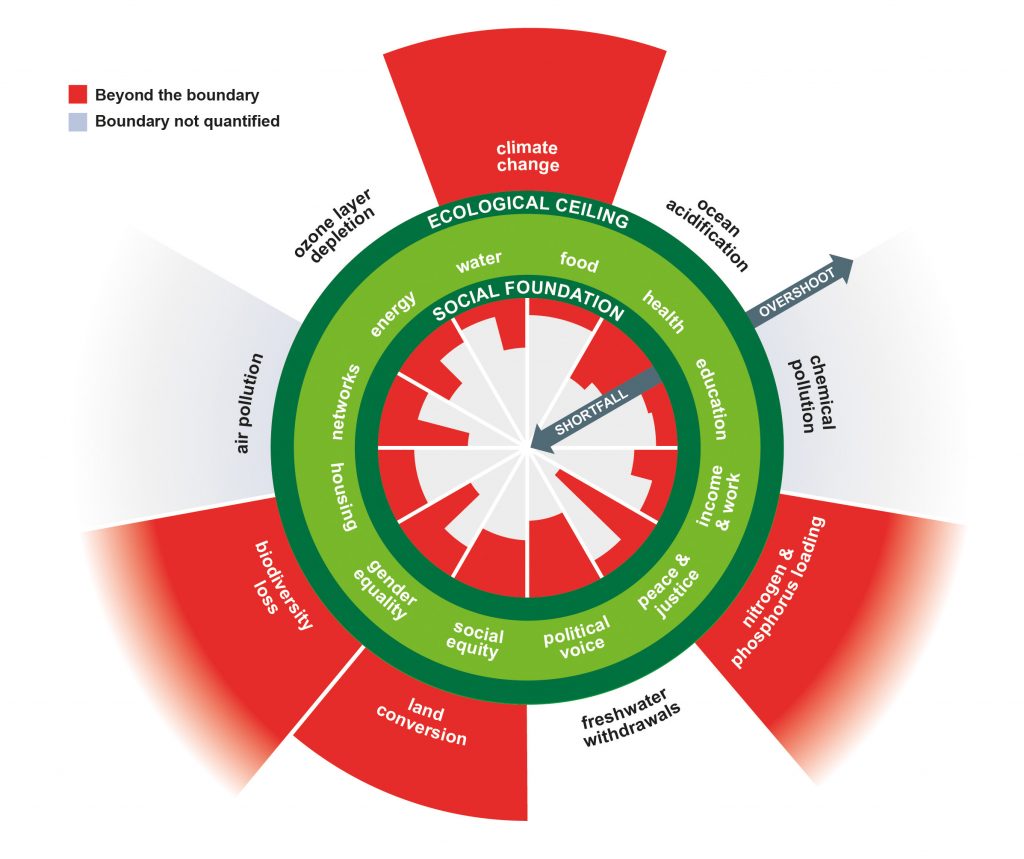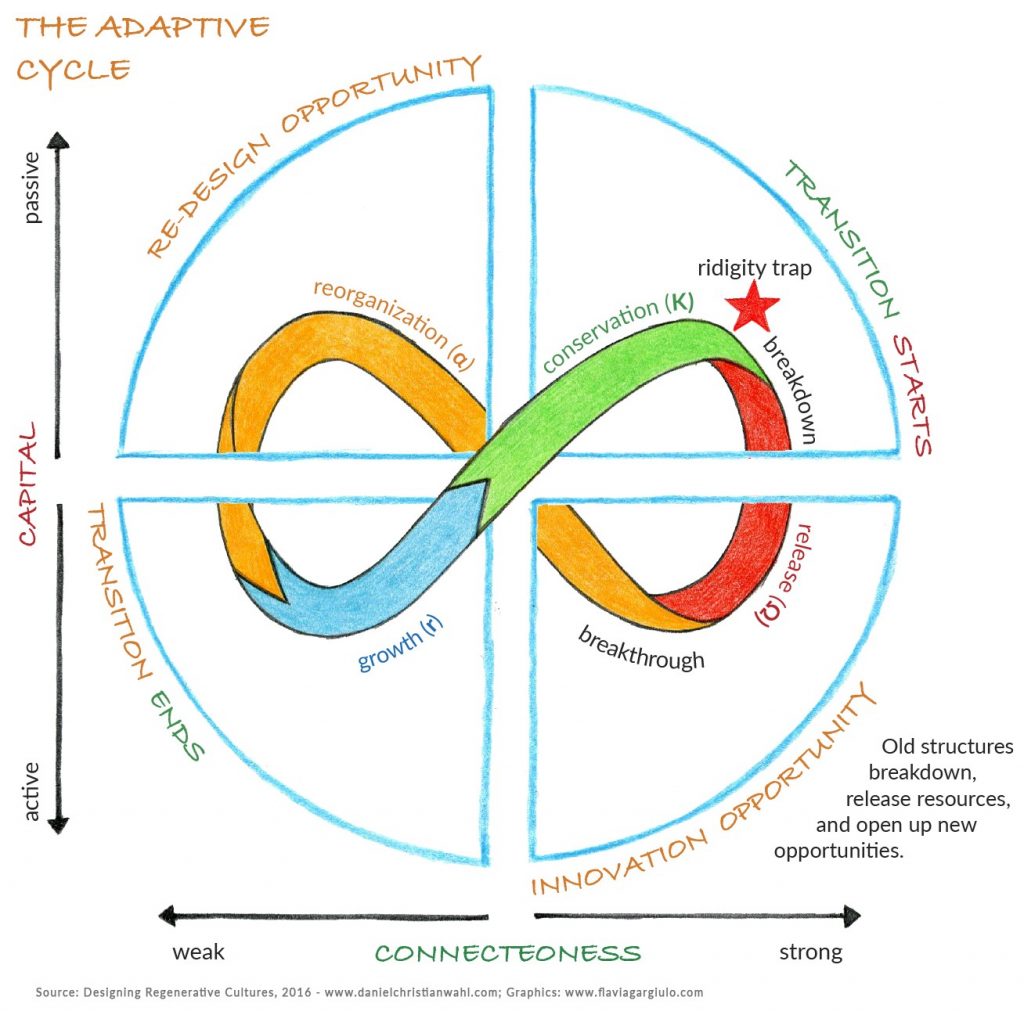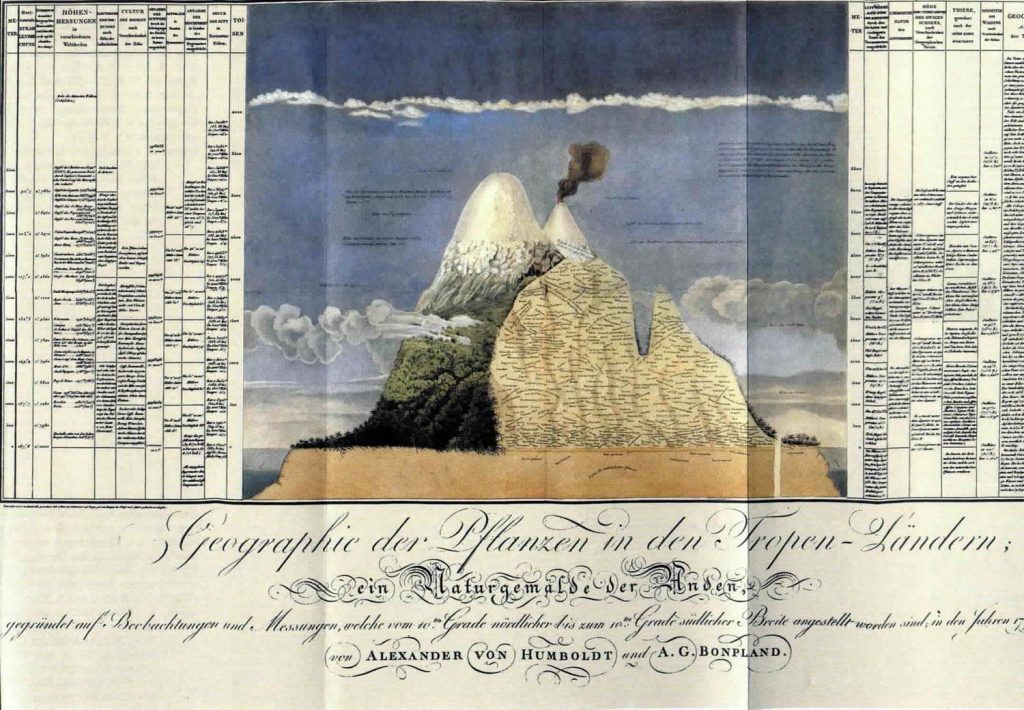Systems Thinking
Seeing the Forest & the Trees
“Nose to the grindstone” may be a cliché for staying focused on the task at hand. Unfortunately, we too often fail to think outside of the box and expand our frames of reference to scales above and below that which lies beneath our nose. Wicked problems necessitate the wisdom of systems thinking … that place where orange (brick) and blue (sky) meet … where we rise to a higher station and see both the forest and the trees.
The SBE program employs an inquiry-based learning approach. We facilitate students to explore their world, deconstruct their worldviews, and ask questions about why the world is as it is. As they move from initial inquiries into strategic scenarios, SBE students unearth potential paths from problems to solutions and back again.
We are drowning in information, while starving for wisdom. The world henceforth will be run by synthesizers, people able to put together the right information at the right time, think critically about it, and make important choices wisely.
– E.O. Wilson in Consilience: The Unity of Knowledge (1998, p. 294)
Empowering the Human Endeavor
Humans have been shaping the geosphere for at least a dozen millennia. Yet much of our history suggests a capacity for living in harmony with the spheres, rather than our more recent turn toward appropriation, intensification, and colonization undergirding the technosphere. Future possibilities in mitigating the Great Acceleration need not be a reenactment of our ancestral past. But progress or peril may depend upon our ability to honor and integrate the indigenous wisdom of traditional ecological knowledge (TEK) with the tools and technologies (Tech) of the 21st century. By synthesizing both high-TEK and high-Tech solutions, a holistic sum greater than its parts may be possible.
As a simple model of the human endeavor, our built environments may be centered around four fundamental human actions and beneficial states of being: (1) eat and drink to thrive; (2) dwell to survive; (3) move to arrive; and (4) commune to realize. Thus, the social-ecological systems sustaining food, water, shelter, mobility, inter/intra-personal communication, and self-actualization are among the most crucial to know and nurture if we are to coherently cope with the uncertainties and changes of the 21st Century and beyond.
The goods and services that enable these fundamental actions consume stocks, and generate flows, of key natural and human capital resources (e.g., energy, water, matter, money, labor) as they go through five lifecycle phases: (1) production; (2) processing; (3) distribution; (4) consumption; and (5) post-consumption. The nature in which we envision and provision these goods and services leads to various social-ecological system states, each bounded along a continuum of positive-to-negative outcome extremes. The panarchy of nested adaptive cycles of social-ecological systems and human-environment livelihoods change and exchange across the nine planetary boundaries of our ecological ceiling and the 12 human dimensions of our social foundation in the doughnut model fusing the work of Rockström, et al. at the Stockholm Resilience Centre with that of Kate Raworth at the Oxford University Environmental Change Institute respectively.
Adaptive Capacity in the Doughnut of the Anthropocene
“The Anthropocene defines Earth’s most recent geologic time period as being human-influenced, or anthropogenic, based on overwhelming global evidence that atmospheric, geologic, hydrologic, biospheric and other earth system processes are now altered by humans. The word combines the root ‘anthropo‘, meaning “human” with the root ‘-cene‘, the standard suffix for ‘epoch’ in geologic time. The Anthropocene is distinguished as a new period either after or within the Holocene, the current epoch, which began approximately 10,000 years ago (about 8000 BC) with the end of the last glacial period.”
Source: Stockholm Resilience Center
While there is debate around the concept of the Anthropocene, especially arguments about if/how human civilization might be classified more as mere geological event (like the short but strong disturbance of an asteroid impact) versus the long emergency of a human degraded geologic epoch, the realization that humans wield the power and potential to alter the trajectory of life on Earth is fundamental to how SBE approaches our work. One suggestion for when the Anthropocene began is the date we imagined its possibility.
The Science of Choice & Consequence
Change is the only constant. Trite, but true, the challenge of change is one of choice and consequence. Uncertainty is inevitable, but green protocols, systems thinking, and the evolving M6 technologies of geodesign evoke awe and awareness, reveal our reshaping of the Earthly spheres, and renew the reverence necessary to ignite our intention as stewards of our planetary place in space. We choose to SBE, here, now.
Like any species, our collective evolution and individual impacts leave a legacy. While the human story has been millennia in the making, the Great Acceleration of the 20th Century has produced the possibility of something new, a planetary perspective and presence. Launched in the space age through the profound paradigm shift of the overview effect (i.e., the change in consciousness astronauts realize upon seeing the Earth from above), modern information and communications technologies (ICTs) bring it down to those of us stuck on the surface. With head in the clouds and feet on the ground, we see the Earth anew as human perception shifts from me living on Earth, to we are the Earth living.
Whole Transect Prosperity
Smart communities are still a nascent idea, though rapidly evolving as information management organizes around the open data movement and sensors become cheaper, more widely available, and more challenging to manage. Conveniently, the existing, open source SmartCode offers a starting metaphor in a smart community lexicon. The SmartCode model, a multiscale, form-based land development code, uses a “transect” approach to zoning and provides a guiding template for modular, locally-calibrated planning policies and implementation.
A transect organizes land uses into a series of symbiotic forms and functions along a discrete space-time continuum of human alteration, infrastructure intensity, and population density from natural environments to rural, suburban, and urban places. In other words, the transect is a snapshot in time of a cross section of place-based spatial relationships. Changes in these relationships can be tracked by comparing and contrasting successive temporal snapshots and/or multiple spatial scales.
These concepts are important in the ways that the SBE program frames land use change and the various processes, principles, and practices of green building, sustainability, and community resilience. While urban areas along the transect often get the most attention in targeted strategies for more sustainable solutions, the SBE program aims to build bridges between the most rural, to the most urban, livelihoods in pursuit of whole transect prosperity.
Revisioning & Regenerating
In a synergistic way, both the visionaries at Duany Plater-Zyberk & Company who created the rural-to-urban transect approach, and the social change agents at Project Drawdown, including it’s co-founder Paul Hawken, make reference to the inspiration that came from Alexander von Humboldt’s Naturgemälde. This detailed drawing, arguably both the first ecological transect and the first communications infographic, represents the wholeness of nature as a “microcosm on one page.”
SBE students learn how the Earth is an interconnected system, as they acquire the skills to comprehend, curate, and communicate these core connections to others as Drawdown solutions help us transition the collective human endeavor into a regenerative economy, within a safe operating space (SOS), as one living planet. The SBE Program leans heavily into the form, function, and frameworks being developed and deployed from Project Drawdown and the Regeneration approach.

Project Drawdown is “the world’s leading resource for climate solutions” and serves as the core teaching tool and a guiding framework for the SBE curricula and our emerging student leaders. While Drawdown speaks through the currency of greenhouse gases, its strategies respond to the SOS of our SBE calling as trim tabs for spaceship Earth.

“Regeneration is a radical new approach to the climate crisis, one that weaves justice, climate, biodiversity, and human dignity into a seamless tapestry of action, policy, and transformation that can end the climate crisis in one generation.”
Paul Hawken & Regeneration
